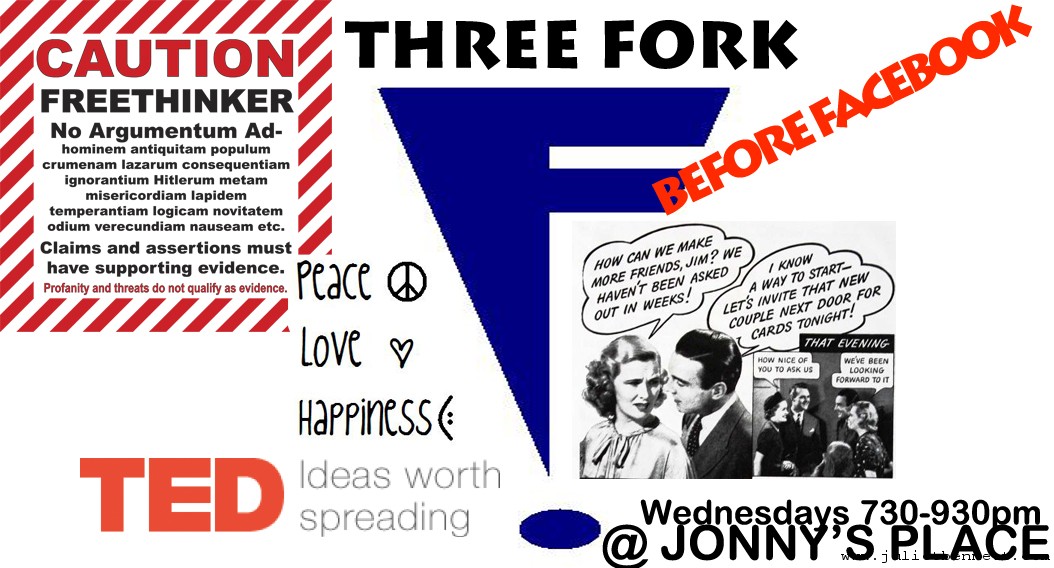A recent article in the Wall Street Journal Blog titled Australian’s Lose Their Faith reported that 4.8 million Aussies marked “No Religion” on last year’s census.
Following this article I spent an afternoon analysing the Australian Bureau of Statistics’ 2011 Census.
The most interesting points:
- “No Religion” 22.34% (made up of Atheists 0.27% ; Agnostics 0.16%; No Religion nfd 21.86%; Humanism 0.04% and Rationalism 0.02%).
- “Not Stated” 8.57% (which may be because of the design of the survey form, in which the “No Religion” option was a little hidden – see article on this here).
- “Other Religions” (Indigenous, Baha’i, Chinese, Japanese, Nature religions etc) added up to 1.45%;
- Hinduism 1.28%; Buddhism 2.46%;
- a range of Christianity 61% (including Uniting Church 4.96%; Catholic 25.33%; Pentecostals 1.1%; Anglican 17.14%).
There has been a constant growth in the “No Religion” category in Australia:
- 1991 Census – 12.9% No Religion
- 1996 Census – 16.6% No Religion
- 2001 Census – 15.5% No Religion (maybe people got scared after 911?)
- 2006 Census – 18.7% No Religion
- 2011 Census – 22.34% No Religion
Some people seem surprised this statistic of 22.34% of a population to be without religion is high. Others seem shocked that 22.34% is so low – thinking it more likely to be 22.34% religious, and 77.66% non religious.
Over 50 million Americans (16.1% of the population of the United States) ticked the same box in their latest PEW survey That is, 16.1% ticked the “Unaffiliated” box which is broken down into Atheist 1.6%, Agnostic 2.4% and Nothing in particular 12.1%.
An assumption seemingly unquestioned is the idea that having no religion means the same thing as having no faith. I beg to differ: one need not classify themselves as part of an institutionalized religion to have faith in some thing bigger than themselves.
We have the opportunity to interpret the Holy Books of all religions in their historical context, and see how it has been written, collected, edited and interpreted for different purposes by different power-hungry men. Learn. Question. THINK!
One need not pretend they know what “God” is, and what “He” thinks. Have we not yet arrived at a stage where we can let go of this human-centred de-contextualised ignorant arrogance?
“God” is a WORD that represents something that remains a mystery.
Sure this word has been used and abused by people who attach stories to it and consider these stories as inseparable from the unknowable creative forced that the word represents.
Science admits it shortfalls, its assumptions, and strives to keep improving theories to make them closer reflections of “truth”. But it never stops questioning (at least it shouldn’t, in theory).
Religion could benefit from being more critical of itself: of it’s doctrines, its dogmas, the methods of teaching, and the consequences of their follower’s actions for the rest of the world. That being said, so could science.
It’s ok to be critical of what you have been taught. In a democratic society it’s essential that we are.
In short I think it’s wonderful that Australians are losing their religion, but I hope that we aren’t losing our faith – in the sense of trusting our intuition and living in connection with the great mystery of life that we are a part of.

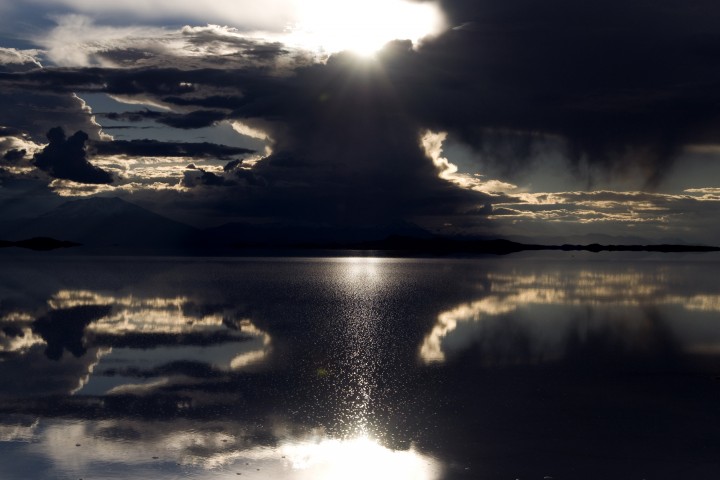



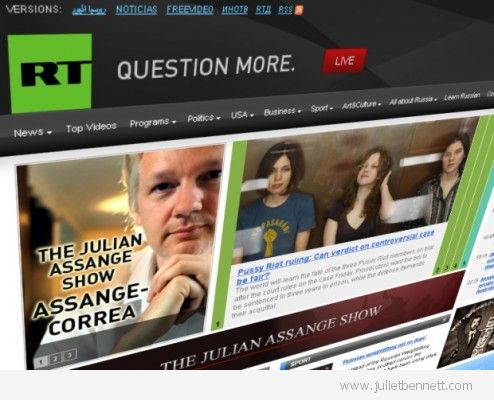

 “And this plant? and you? and me? There is no other table like this, or plant, and no other person who are us…” he continued.
“And this plant? and you? and me? There is no other table like this, or plant, and no other person who are us…” he continued.
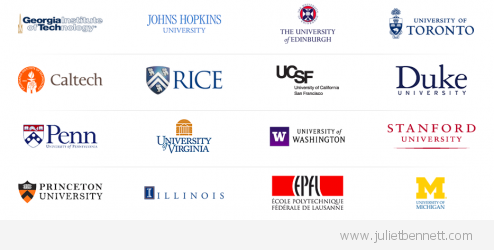
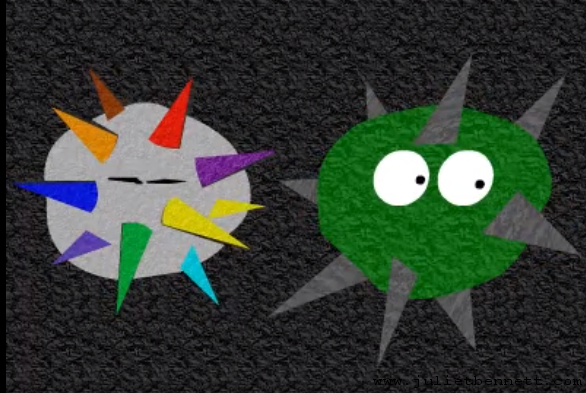
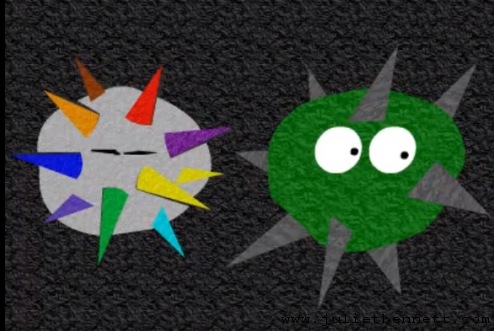 [1]
[1]